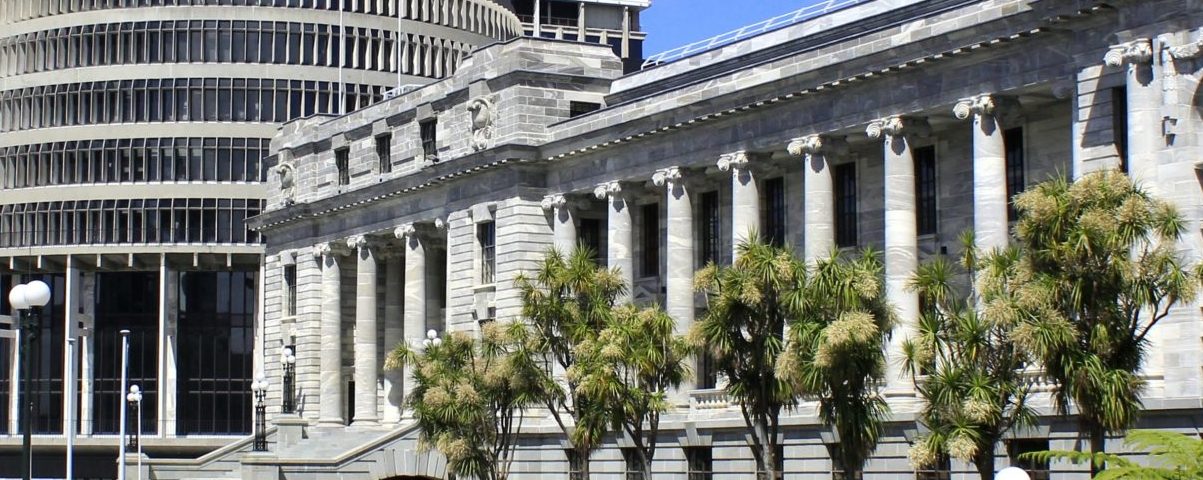
Resurgence Support Payments
After the recent Auckland Community cases, the Government introduced a new mechanism to support businesses. The new scheme known as Resurgence Support Payments (“RSP”) is activated by a decision of Cabinet. Generally, this will be anytime Level 2 or higher restrictions are in place for 7 days or more. The RSP scheme can be activated multiple times and business can claim each time it is activated if they are eligible.
The reduction of the Alert Level to Level 2 for Auckland to at least Sunday night, means that the Government has activated the newly introduced RSP scheme due to its response to this latest cluster of cases.
Importantly, where the RSP is activated, it activates for all of New Zealand, not just the affected area (which will generally be Auckland due to border risks). This differs to some comments made in the media.
Unlike the wage support payments, this new scheme is administered by Inland Revenue not the Ministry of Social Development. The Inland Revenue have already created a page with plenty of useful information about the RSP.
A few other comments:
- These payments are not in the nature of a loan as some comments in the media have suggested. They would only need to be repaid if the criteria for applying was not met.
- The payments must be used to cover operating expenses.
- These payments will be exempt from income tax but will be subject to GST.
Eligibility criteria
To be eligible for the RSP, a business or organisation must have experienced at least a 30% drop in revenue or capital-raising ability over a 7-day period from the start of increased alert level (i.e the 15th of February in this case).
The 7 days must be continuous and within the increased alert level period. The revenue drop is determined under normal accounting principles. The period the 7 days is compared against is another 7-day period that starts and ends no more than 6 weeks before the start of the increased alert levels. The drop needs to be observed, not a forecast drop.
The applicant must have been in business for at least 6 months and be considered to be viable.
For determining income, passive income (interest, dividends and rent) are excluded.
For full detail on the eligibility criteria refer to this Inland Revenue page.
Inland Revenue notes that businesses who apply for the RSP should keep a copy of the calculation incase Inland Revenue later request it.
Amount of the RSP
The amount of the RSP is dependent on the number of employees as the RSP is calculated as $1,500 plus $400 per full-time equivalent (“FTE”) (up to 50 FTE). Therefore, maximum payment is $21,500.
Sole traders can receive a payment of up to $1,900.
For the purposes of calculating the FTE:
- Employees working up to 20 hours per week are considered part time and 0.6 FTE.
- Employees working 20 hours or more per week are considered fulltime and 1.0 FTE.
Businesses with low revenue will have their payment capped at four times (4x) the amount their revenue has dropped over the 7-day period. For example, if the business has 3 FTE employees, they would be entitled to $2,700. However, if their revenue drop was only $500, the RSP payment would be limited to $2,000.
Applying for the RSP
Affected taxpayers will be able to apply starting from Tuesday the 23 rd of February. Applications will be made through the affected businesses MyIR account if they have one, or by their accountant (tax agent) on their behalf.
Applications will remain open for one month after the whole country returns to Level 1.
The information that will be required for an application is:
- NZBN number.
- Employee details (only up to 50 FTE). If you’ve filed an employment information (EI) in the last 30 days leading up to the application, your employees’ name and IRD number will already be on the application. Otherwise, you’ll need to enter each employee’s name, IRD number, and whether they are full or part time employees.
- The bank account number the RSP is to be paid into if it is different to the one displayed. This must be a New Zealand bank account.
- Income details for the 7-day elevated alert level period and the 7-day comparison period.